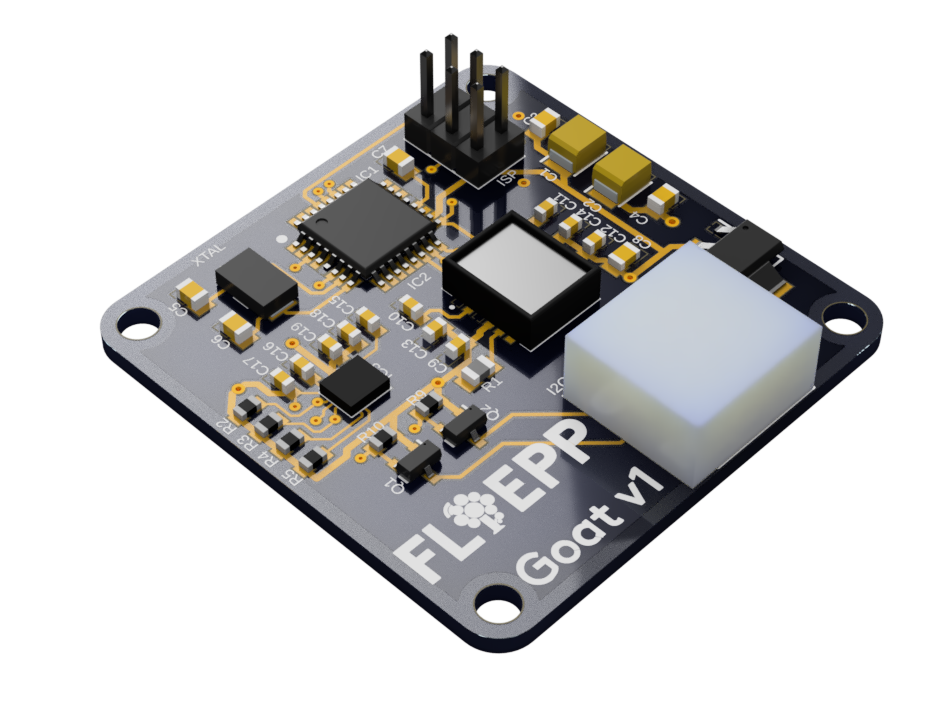Sensors
Floepp offers the possibility to deploy a wide range of IoT sensors. In addition to the IoT ready sensors, we also offer the option to make other sensors IoT ready. You can let us find out on the basis of specifications, but we can also make your own sensors IoT ready.







